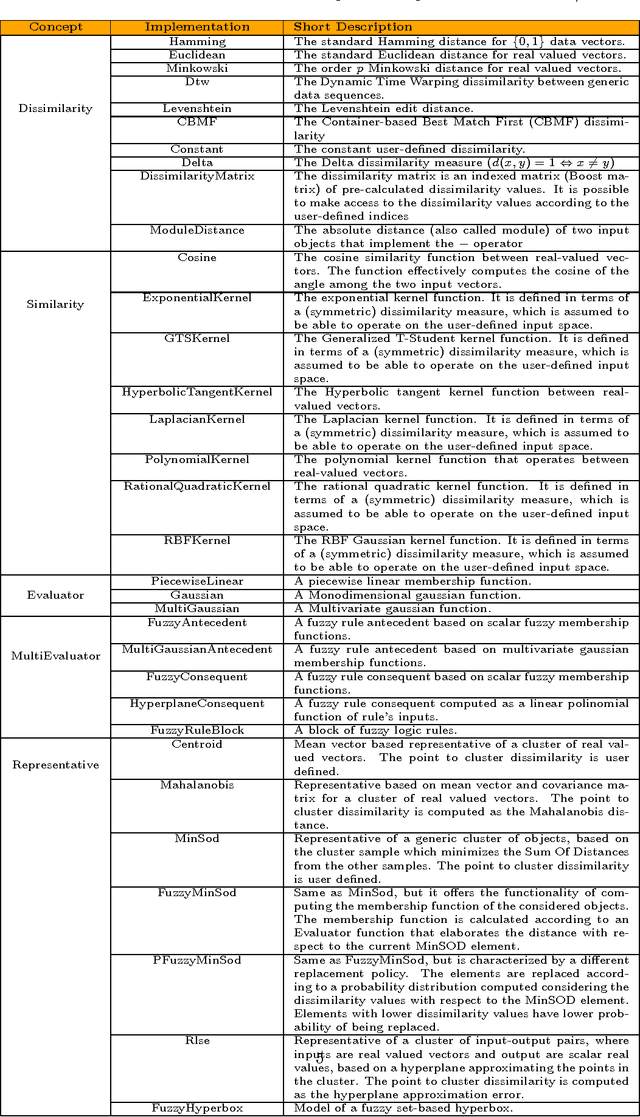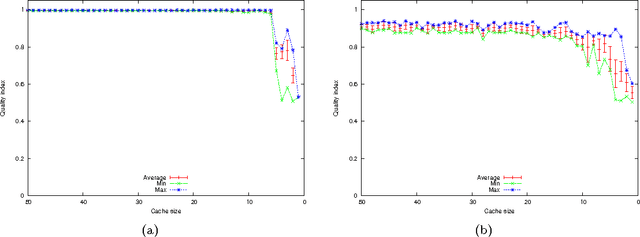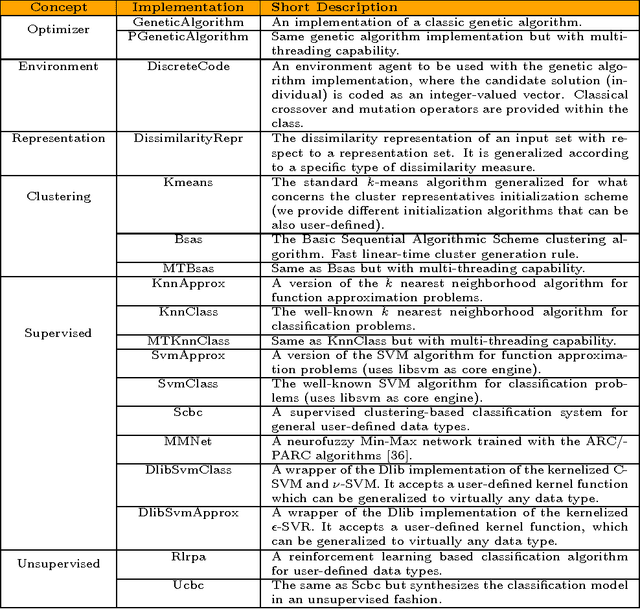Fabio Massimo Frattale Mascioli
An Online Hierarchical Energy Management System for Energy Communities, Complying with the Current Technical Legislation Framework
Jan 22, 2024Abstract:Efforts in the fight against Climate Change are increasingly oriented towards new energy efficiency strategies in Smart Grids (SGs). In 2018, with proper legislation, the European Union (EU) defined the Renewable Energy Community (REC) as a local electrical grid whose participants share their self-produced renewable energy, aiming at reducing bill costs by taking advantage of proper incentives. That action aspires to accelerate the spread of local renewable energy exploitation, whose costs could not be within everyone's reach. Since a REC is technically an SG, the strategies above can be applied, and specifically, practical Energy Management Systems (EMSs) are required. Therefore, in this work, an online Hierarchical EMS (HEMS) is synthesized for REC cost minimization to evaluate its superiority over a local self-consumption approach. EU technical indications (as inherited from Italy) are diligently followed, aiming for results that are as realistic as possible. Power flows between REC nodes, or Microgrids (MGs) are optimized by taking Energy Storage Systems (ESSs) and PV plant costs, energy purchase costs, and REC incentives. A hybrid Fuzzy Inference System - Genetic Algorithm (FIS-GA) model is implemented with the GA encoding the FIS parameters. Power generation and consumption, which are the overall system input, are predicted by a LSTM trained on historical data. The proposed hierarchical model achieves good precision in short computation times and outperforms the self-consumption approach, leading to about 20% savings compared to the latter. In addition, the Explainable AI (XAI), which characterizes the model through the FIS, makes results more reliable thanks to an excellent human interpretation level. To finish, the HEMS is parametrized so that it is straightforward to switch to another Country's technical legislation framework.
Building pattern recognition applications with the SPARE library
Feb 20, 2015



Abstract:This paper presents the SPARE C++ library, an open source software tool conceived to build pattern recognition and soft computing systems. The library follows the requirement of the generality: most of the implemented algorithms are able to process user-defined input data types transparently, such as labeled graphs and sequences of objects, as well as standard numeric vectors. Here we present a high-level picture of the SPARE library characteristics, focusing instead on the specific practical possibility of constructing pattern recognition systems for different input data types. In particular, as a proof of concept, we discuss two application instances involving clustering of real-valued multidimensional sequences and classification of labeled graphs.
 Add to Chrome
Add to Chrome Add to Firefox
Add to Firefox Add to Edge
Add to Edge